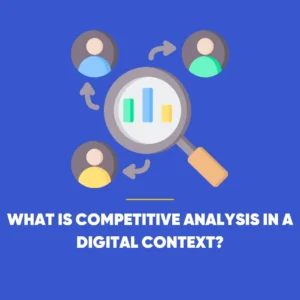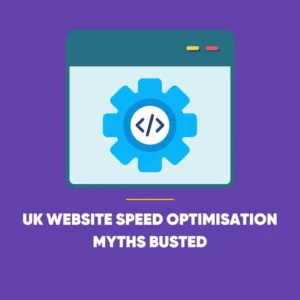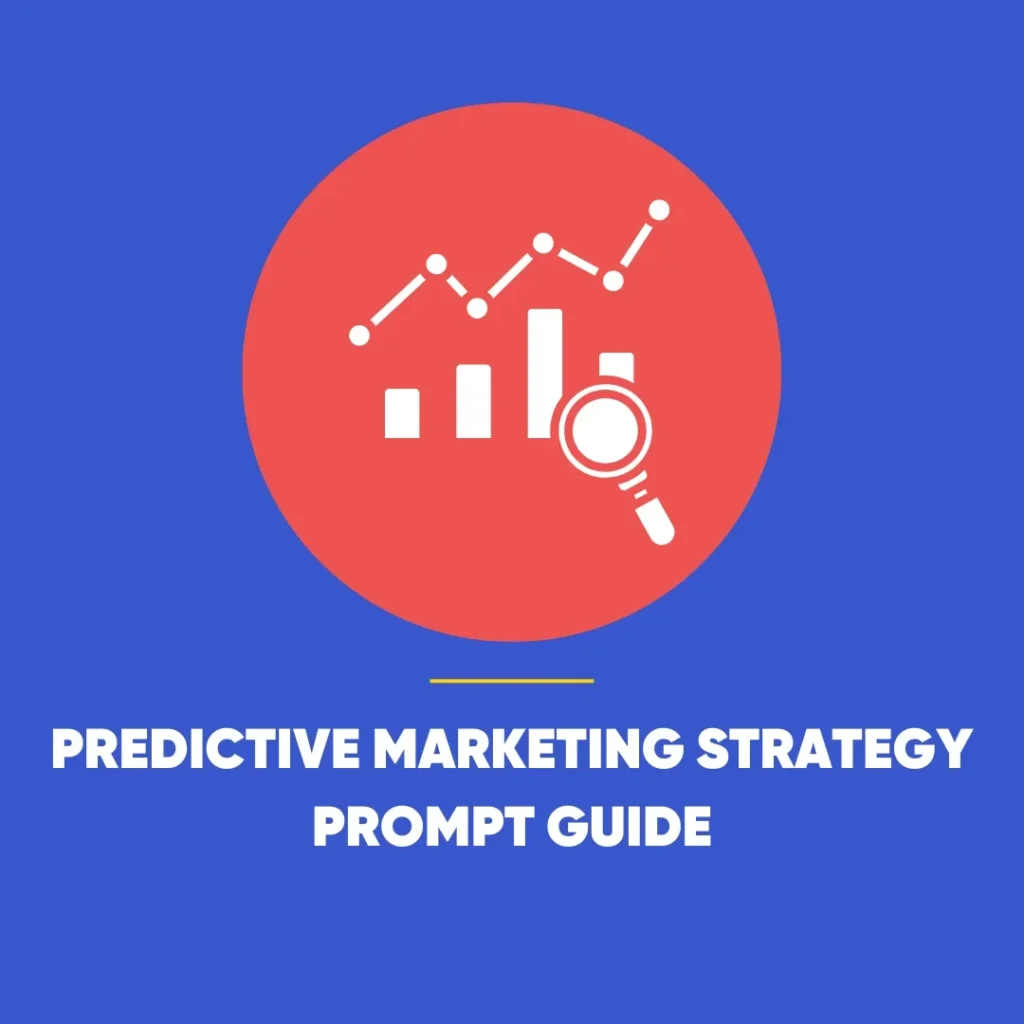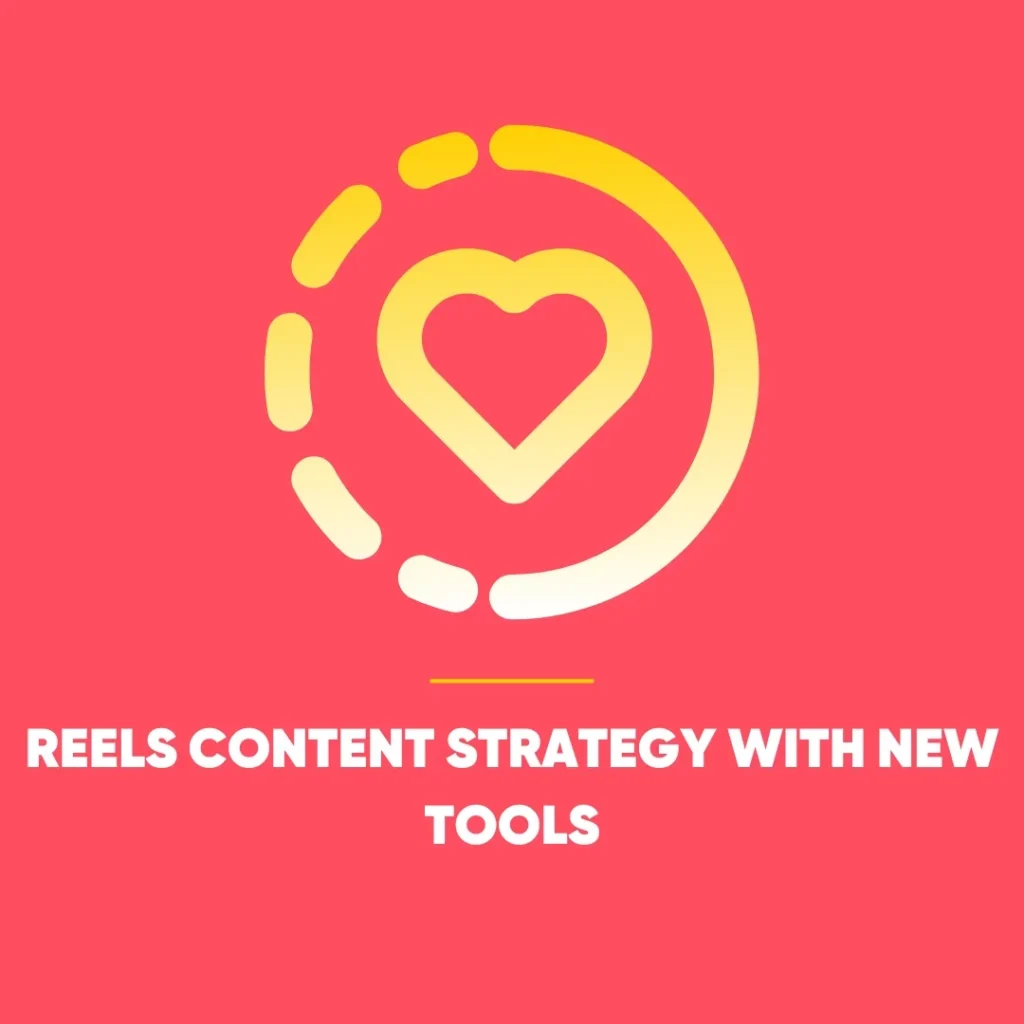Competitive Marketing Analysis for Growth
Competitive marketing analysis is essential for staying ahead in today’s fast-paced and ever-evolving digital landscape. As a result of thoroughly analysing rival brands online, businesses can identify gaps, spot trends, and shape a successful digital strategy.
A digital competitive analysis gives marketers a clear picture of how competitors position, promote, and connect with audiences. Furthermore, it empowers businesses to refine their efforts and outperform rivals – without relying on costly consultants or third-party agencies.
To begin with, this guide outlines how to conduct a meaningful competitive analysis, highlighting key frameworks, tools, and tactics.
What Is Competitive Analysis in a Digital Context?
 At its core, a digital competitive analysis involves evaluating online strategies of businesses operating within your space. In addition, it’s not just about social media – it also includes websites, content, emails, paid ads, SEO, and engagement.
At its core, a digital competitive analysis involves evaluating online strategies of businesses operating within your space. In addition, it’s not just about social media – it also includes websites, content, emails, paid ads, SEO, and engagement.
When executed properly, competitive marketing analysis reveals not only competitor strengths but also where they may be underperforming. This insight allows you to develop campaigns, offers, and content that plug those gaps and position your brand as the smarter choice.
Why Digital Competitive Analysis Matters
There are numerous benefits to investing time and effort in this type of research. Whether you’re a small startup or a growing brand, understanding the digital landscape gives you the power to:
- Discover underserved audiences and untapped opportunities
- Differentiate your brand with a clear and compelling value proposition
- Pinpoint market barriers and how to overcome them
- Recognise industry trends before they become mainstream
- Benchmark your performance against peers
- Identify effective strategies for pricing, content, SEO, and more
Think of it as market intelligence – but tailored for the digital age.
Categorising Competitors: Not All Rivals Are Equal
To get the most from your analysis, it’s worth dividing competitors into distinct groups based on how directly they compete with your offering:
Primary Competitors
These are the businesses offering nearly identical products or services to the same target audience. For instance, Adidas and Nike are primary competitors in sportswear.
Secondary Competitors
These brands may offer an alternative version of your product, often to a different audience segment. Think of IKEA versus luxury furniture makers – they serve similar needs, but at opposite ends of the market.
Tertiary Competitors
These are businesses that don’t compete with you directly but operate within a related industry. Analysing them can still offer valuable insights, especially when looking at broader customer behaviour or digital trends.
Understand Who They’re Targeting: Competitive Marketing Analysis
One of the most revealing aspects of a competitive analysis is, in fact, learning about your rivals’ audiences. By understanding who they target and how, you can therefore adjust your approach to connect more effectively with potential customers.
Some practical methods for identifying a competitor’s audience include:
- Reading their mission statement and website ‘About’ page – Additionally, this reveals their core values and intended audience.
- Analysing social media engagement through comments and shares – Likewise, this highlights how they interact with and influence their followers.
- Monitoring content formats (blogs, webinars, podcasts) – Furthermore, it helps you understand their communication style and content priorities.
- Exploring customer reviews and testimonials – In particular, this shows public perception and areas where they’re praised or criticised.
- Noting the language and tone they use in campaigns – Similarly, this offers insight into their brand personality and positioning.
This information sheds light on customer expectations – and reveals where your brand can stand out.
Applying the 7Ps Framework to Competitor Analysis
 To go beyond surface-level insights, apply the classic 7Ps of marketing as an analytical lens. This framework allows for a structured review of your competitors’ strategies.
To go beyond surface-level insights, apply the classic 7Ps of marketing as an analytical lens. This framework allows for a structured review of your competitors’ strategies.
- Product: What exactly are they offering? Moreover, what features stand out? How do customers respond in general?
- Price: Are they using a subscription model, a premium price point, or alternatively, discount tactics?
- Place: Where is the product sold – online only, in stores, or perhaps through retail partners?
- Promotion: What platforms do they use for advertising? Additionally, do they focus on organic content, paid ads, or influencers?
- People: Who are the faces of the brand? Furthermore, how do they interact with customers?
- Process: What’s the user journey like – from first click to checkout, and more importantly, is it seamless?
- Physical Evidence: How do they build trust with their audience – through branding, reviews, or possibly thoughtful design elements?
Using this method provides a rounded picture and helps identify best practices to adopt – or gaps to exploit.
Proven Analysis Frameworks to Guide You
After you’ve gathered your data, you can then apply strategic frameworks to help turn it into actionable insight.
SWOT Analysis
Competitive marketing analysis is ideal for identifying Strengths, Weaknesses, Opportunities, and Threats in your brand versus competitors. This is particularly useful when shaping strategic goals or planning a campaign.
Porter’s Five Forces
A classic model that evaluates competitive pressure across five dimensions: industry rivalry, threat of new entrants, threat of substitutes, bargaining power of buyers, and supplier power. It’s especially helpful for understanding the broader digital marketplace.
Growth-Share Matrix
Originally popularised by the Boston Consulting Group, this tool therefore categorises products by market share and growth potential into four types.
Organise Data for Long-Term Use
It’s important not just to gather insights but to structure them in a way that’s easy to reference and act upon later.
Create competitor profiles in spreadsheets or tools like Notion or Trello. Include metrics such as:
- Social media follower counts and engagement rates
- PPC ad examples and estimated spend
- Website domain authority and page speed
- SEO keyword rankings
- Content themes and publishing frequency
- User reviews and sentiment analysis
The goal is to create a living document that evolves over time.
Deep Dives into Specific Channels: Competitive Marketing Analysis
While a broad analysis is useful, sometimes focusing on specific digital channels reveals more targeted opportunities.
Social Media Analysis
Review where competitors are most active – Instagram, TikTok, LinkedIn – and assess how they engage. Look at:
- Post frequency and timing
- Popular content types (reels, stories, memes, user-generated posts)
- Response time and tone when interacting with followers
- Campaign hashtags and community-building efforts
This can uncover content gaps and untapped formats you could own.
PPC Analysis
Evaluate what keywords your rivals are bidding on and the tone of their ad copy. You can assess:
- Which platforms they advertise on (Google, Meta, YouTube, etc.)
- Whether they use broad awareness or conversion-focused ads
- Their landing page design and call-to-action strategies
This intel can improve your ad spend efficiency and positioning.
SEO Analysis
Learn where your competitors rank – and why. Key factors to explore include:
- Organic keyword rankings and gaps
- Backlink sources and volume
- Domain strength and technical SEO factors (page speed, mobile optimisation)
- Content structure and use of internal linking
Seeing what works for them can guide your long-term search strategy.
Tools to Supercharge Your Analysis: Competitive Marketing Analysis
 In fact, there’s no shortage of tools available to support competitive analysis across various digital channels. Here are a few standout options:
In fact, there’s no shortage of tools available to support competitive analysis across various digital channels. Here are a few standout options:
SEO Tools
- Ahrefs: Excellent for backlink analysis and keyword tracking
- SE Ranking: Great for competitor keyword and visibility comparisons
PPC Tools
- SEMRush: Offers a robust view of both paid and organic performance
- SpyFu: Reveals PPC keyword history and ad creative
- Google Ads Auction Insights: Compare how often your ads appear next to competitors
Social Media Tools
- Sprout Social: Additionally, it tracks engagement metrics, content performance, and overall social growth across platforms.
- Meta Ads Library: Similarly, it lets you view real-time ad campaigns across Facebook, Instagram, and other Meta platforms.
Audience & Trend Insights
- Google Trends: Spot rising search topics
- Similarweb: Analyse web traffic sources and audience behaviours
- Brandwatch: Monitor competitor mentions and sentiment across digital channels
Final Thoughts: Competitive Marketing Analysis
A well-executed competitive analysis isn’t just about spying on your rivals. It’s about making smarter, more informed decisions in every aspect of your digital marketing. Whether you’re refining your SEO, enhancing your ad spend, or sharpening your brand messaging, the insights you gain from competitor research can be transformative.
Consequently, by routinely conducting this kind of analysis, businesses can stay agile, proactive, and ahead in a crowded digital world.









